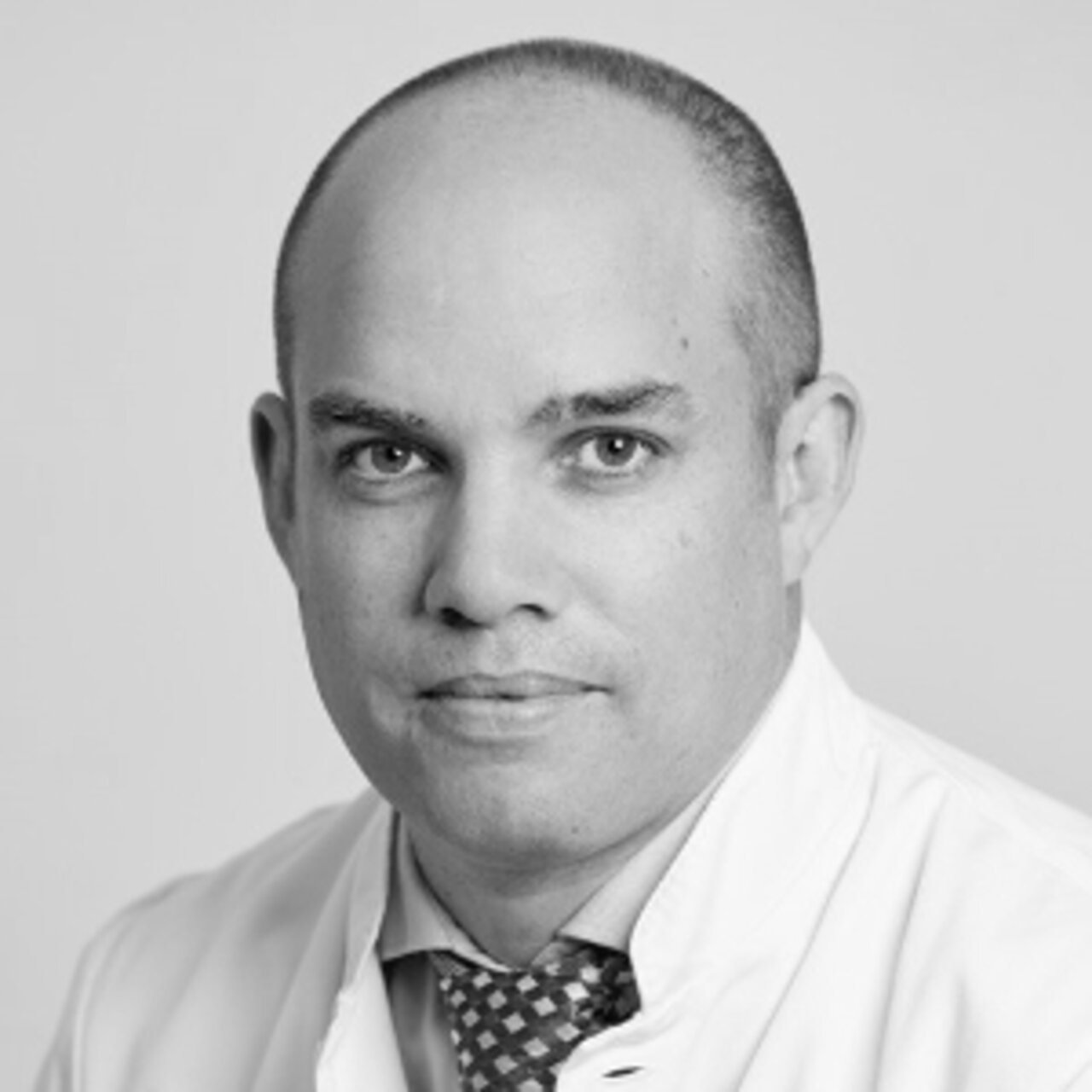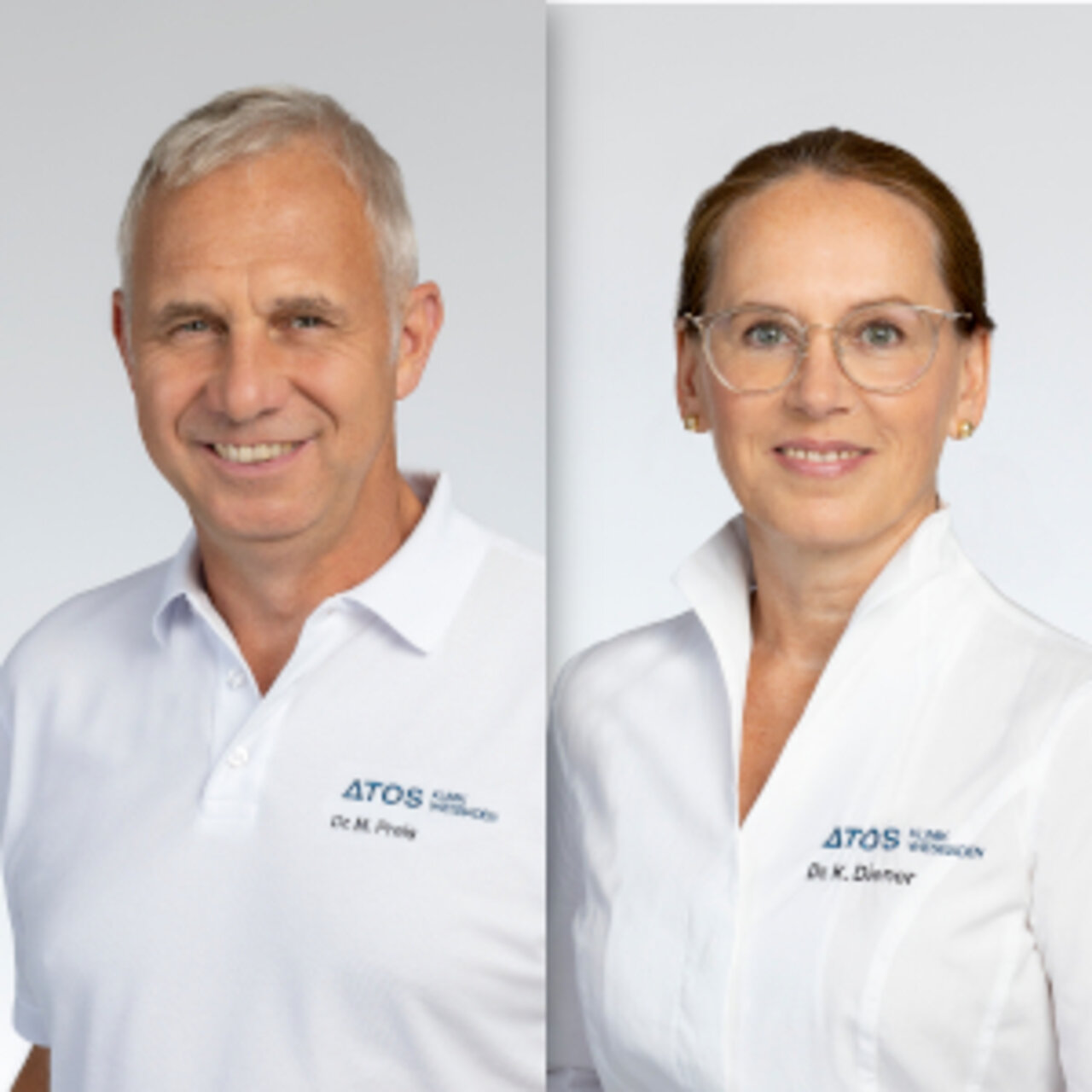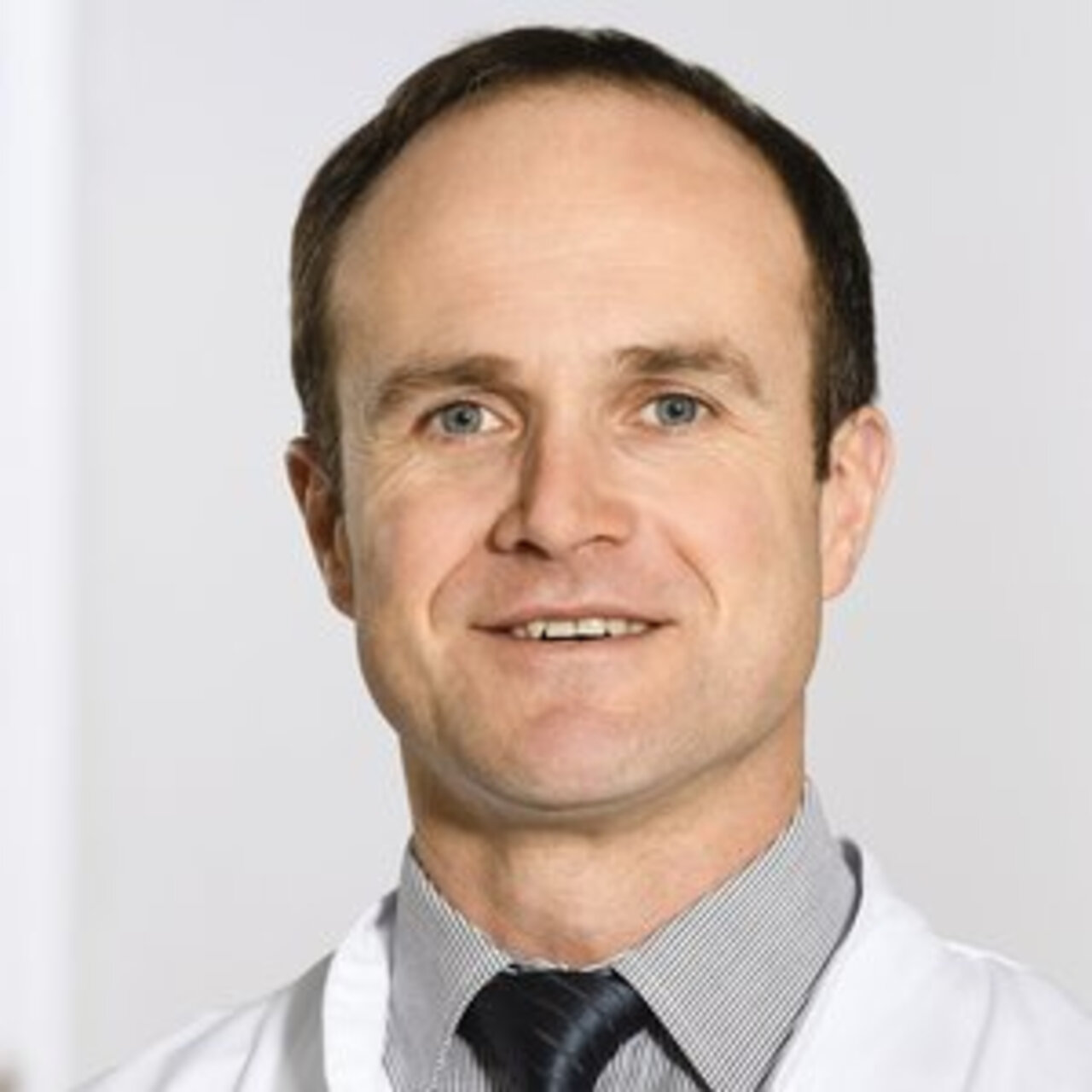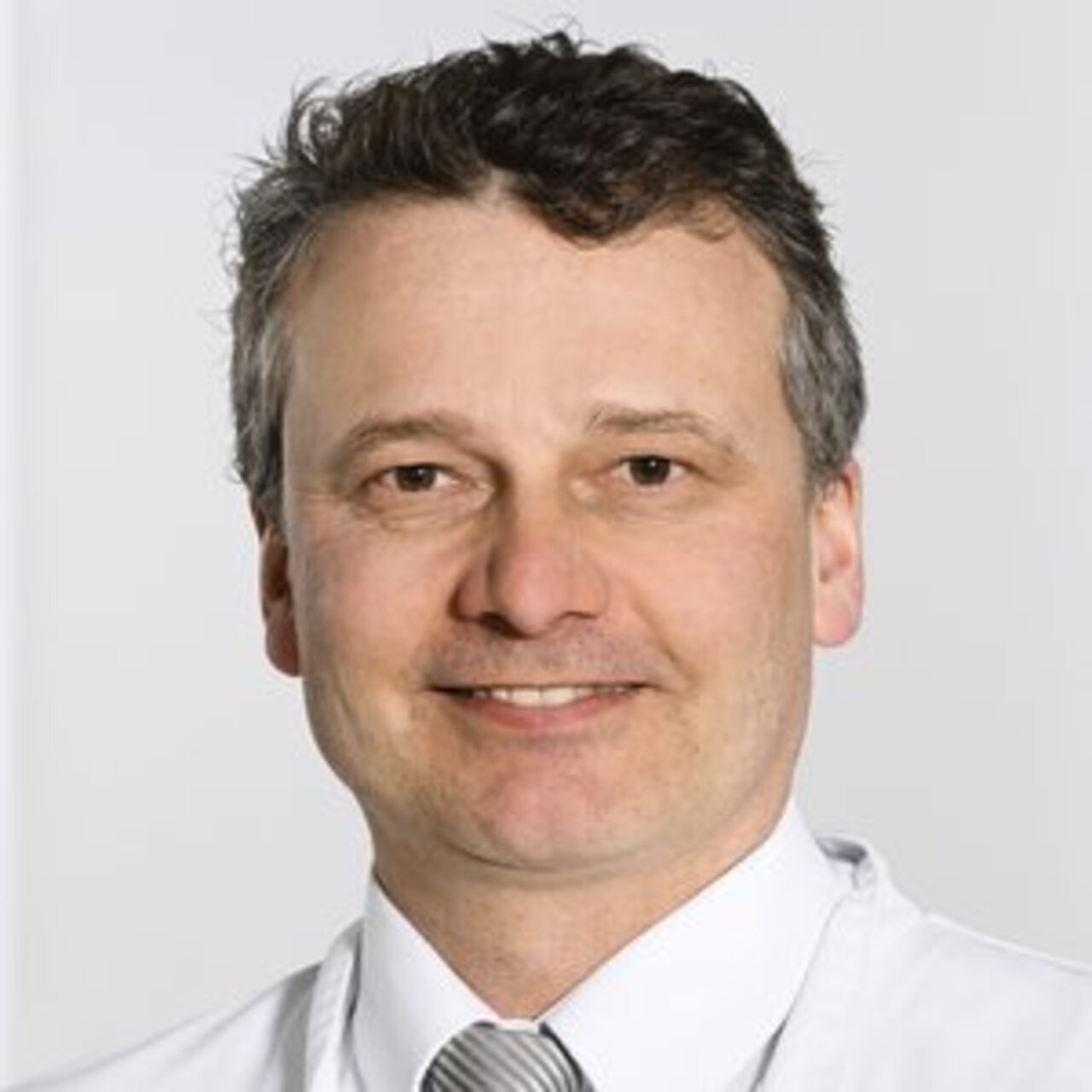Specialists in Synovectomy
11 Specialists found
Information About the Field of Synovectomy
What Is Synovectomy?
A synovectomy is the surgical removal of the synovial membrane, also called the synovium. The synovium plays an essential role in healthy joints by continuously secreting synovial fluid into the joint's interior. This primarily serves to supply the cartilage surfaces with nutrients and enables smooth gliding of the joint surfaces.
If inflammation of the synovium occurs, this can also affect the joint because continuous inflammatory processes can destroy cartilage, tendons, and other tissues. In addition, such inflammation often causes severe pain and restricts the patient's mobility. On the other hand, complete or partial removal of the synovium (the origin of the inflammation) usually improves symptoms and preserves the healthy joint.
Who is Considered for Treatment?
In most cases, inflamed synovium is caused by rheumatoid arthritis. This is a so-called autoimmune disease in which the body's cells attack the joint mucosa and trigger inflammation. However, joint infections, attrition, and other chronic diseases can also lead to inflammation of the synovium, which is painful for the patient and destructive for the joint.
Initially, physiotherapy and drug treatment with anti-inflammatory products are used, which can already be successful in many patients. Next, the physician injects cortisone into the inflamed joint to achieve a decongestant, anti-inflammatory, and pain-relieving effect.
If the pain persists despite conservative treatment, surgical removal of the joint mucosa in the course of a synovectomy is indicated.
Which Joints Can Be Treated with Synovectomy?
Synovectomy is used primarily in the large joints such as the knee, elbow, shoulder, and ankle joints and in the frequently overused hand and finger joints.
Procedure and Duration
Synovectomy can be performed in open surgery or arthroscopically and under local or general anesthesia, depending on the localization and extent of the inflammation.
The skin and joint capsule are first cut to open the joint in an open procedure. Special instruments can then be used to remove the damaged synovial membrane. For detailed findings, tissue samples or smears are usually taken sent to a specialized laboratory for further examination. In most cases, the surgeon places a tube system (drainage) into the joint to drain out excess fluid after the surgery.
The joint capsule and soft tissue are then sutured, and the skin incision is closed.
During arthroscopic synovectomy, 2 to 3 small skin incisions are made through which special instruments and a high-resolution camera are inserted into the joint. The joint is filled with a sterile saline solution to optimize viewing conditions. The camera transmits the video in real-time to a screen where the surgeon can examine the joint. The inflamed synovial membrane can be removed precisely and simultaneously suctioned out of the joint using special instruments. Afterward, a drainage system is placed, and the skin incisions are sutured.
The drainage is removed the day after the surgery, and after about ten days, the skin sutures are removed.
Course and Prognosis
Depending on the individual situation, the surgery can be carried out in an outpatient setting. The patient is discharged home the same day, or it can take place during a short inpatient stay of about three days.
After the surgery, it is important to take it easy on the joint and cool it sufficiently to support healing and prevent swelling or bleeding. Therefore, on the first day after the operation, the patient should start with initially passive movements with physiotherapeutic treatment to improve the joint's mobility early and avoid stiffening. Then, physiotherapists instruct the patient to perform specific exercises independently in the further course actively.




![[Translate to English:] Prof. Dieckmann und Dr. Ercan - Portrait [Translate to English:] Prof. Dieckmann und Dr. Ercan - Portrait](/fileadmin/_processed_/3/6/csm_Prof-Dieckmann-Dr-Ercan-Portrait_V2_f0f0f4c8f6.jpg)






